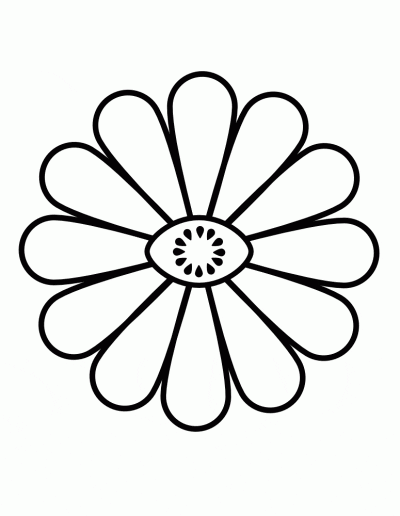A new training is beginning in Copenhagen, Denmark, lead by E.S. Gallegos, Ph.D.
Contact Mia Vasby: deepimagination@hotmail.com to register or visit https://www.facebook.com/dybimagination/
An Experiential, Process oriented Training
Training to become a Deep Imagery/PTPP guide is highly experiential and oriented towards the participants’ process. Training in the Personal Totem Pole process is based upon the understanding that the foundation for any therapist is his or her own inner growth. The trainee is not merely taught a number of techniques which can be applied from an intellectual perspective, but is expected to undertake his/her own inner growth with a seriousness of commitment which insures that their eventual ability with the Personal Totem Pole process emanates from personal experience rather than the application of an intellectually acquired formula.
Through participating as deeply as possible in the training process, a Deep Imagery guide grows to understand that engaging with deep imagery helps us gather all of who we are and as such moves us towards wholeness. By undertaking his or her own healing work, the trainee comes to know that within a journey, healing is possible. The openness to the possibility of healing and the trust that the animal guides one meets in the journeys know exactly if and how the healing process needs to occur, become fundamental attitudes in guiding.
The Core Curriculum in the Personal Totem Pole process is a three year commitment, consisting of the equivalent of twelve full days per year. Over the course of the three years, the trainee is guided on and also guides others through a series of journeys that allows him/her to experience the structure of the deep imagination and thus to become more skilled at guiding another person in a deep imagery journey. By undertaking their own work, and experiencing the healing and wholeness working with the deep imagination brings, the trainee guide gains an awareness of the processes and constructs of the deep imagination and how to work with it.
Furthermore, because the trainee guide both journeys and guides, he/she learns how to remain present, and not be entangled by their own injuries or preconceptions when guiding another person. By undertaking his/her own work actively during the training, the trainee guide becomes more aware of his/her own processes and the places they may tend to interfere or hinder the process of guiding.
Training Summary
The fundamental aim of the three year training is to learn how to skillfully guide an individual on a journey that allows them a deep interaction with their own imagery.
Training in the first year provides the basic theory and procedures governing work with the chakra animals and a minimal amount of experience in its use.
The second year involves extensive experience in developing a relationship with knowing through intuition and the four modes of knowing: thinking feeling, sensing and imagery.
The third year is spent in developing skills in working with two people simultaneously, firstly with their chakra animals and then with their animals of the four modes of knowing, in order to allow them explore their relationship at many levels.
Some outcomes:
At the end of a training, the Deep Imagery guide or practitioner will have a solid and highly experiential understanding of the processes of the deep imagination. They will have acquired skills in guiding others in many types of journeys and will be comfortable with both the depths of the experiential process and the often times emotional content of the work. Having undertaken their own deep process work, they will also be comfortable with their own process and be aware of how to deal with any of their own issues that arise while guiding.
People coming for a journey often present with specific issues and problems that they hope to explore. While these concerns can be the doorway to deeper work they are also valid ends in themselves. During the training then, a guide is exposed to a number of journey “types” and so learns how to work with Deep Imagery to explore a variety of issues in a therapeutic manner. These include:
- Polarities
- Dreams
- emotional issues (including depression, grief)
- physical problems and symptoms (pain, headaches, physical inbalances)
- Illness
- Life process and changes
- Relationships: how to guide 2 people at once, useful for Couple Counseling and conflict resolution

